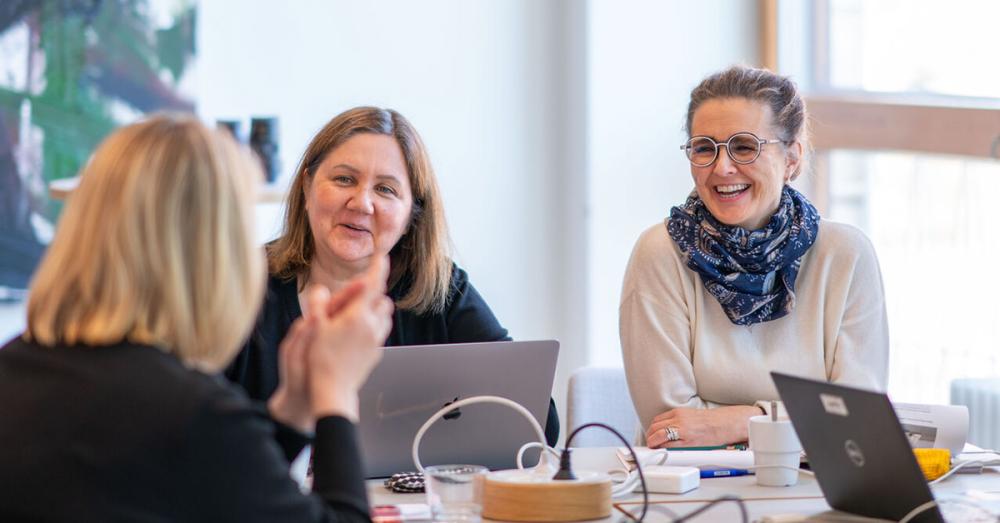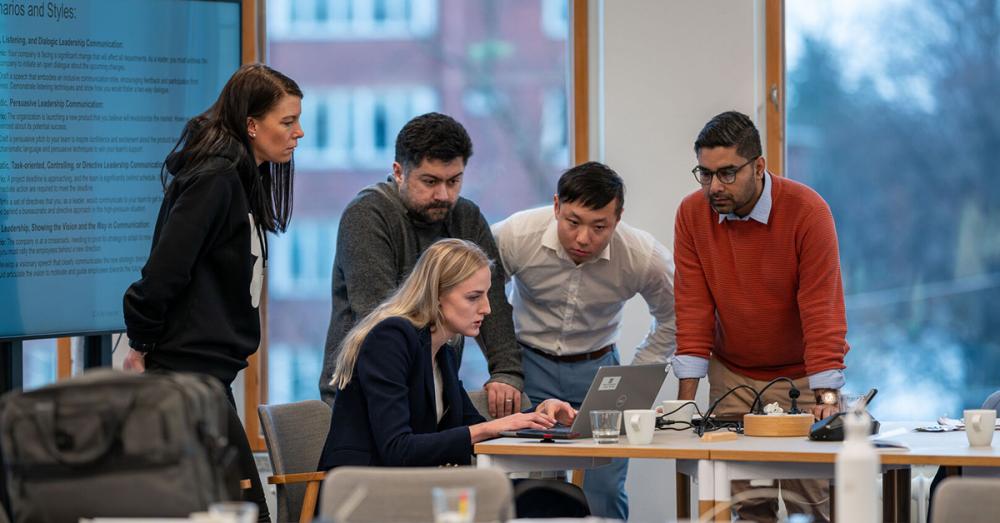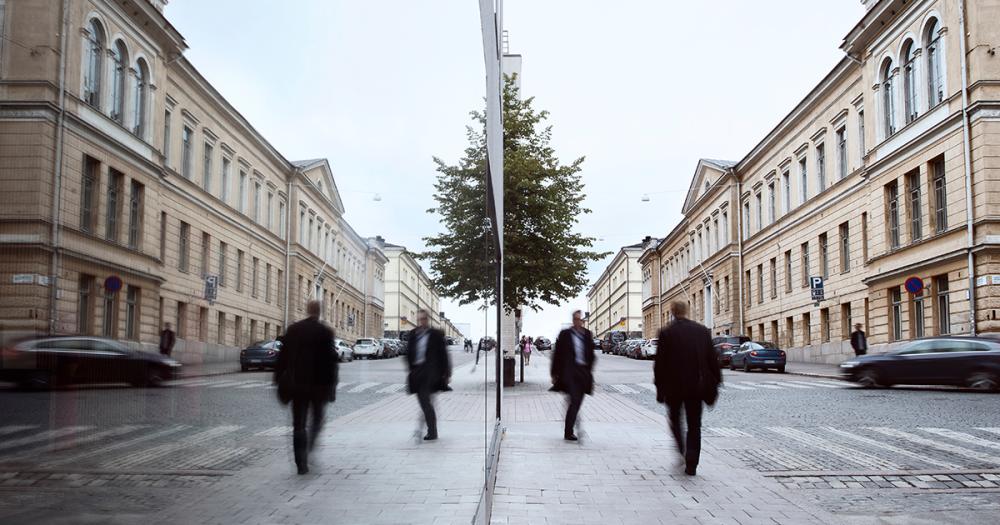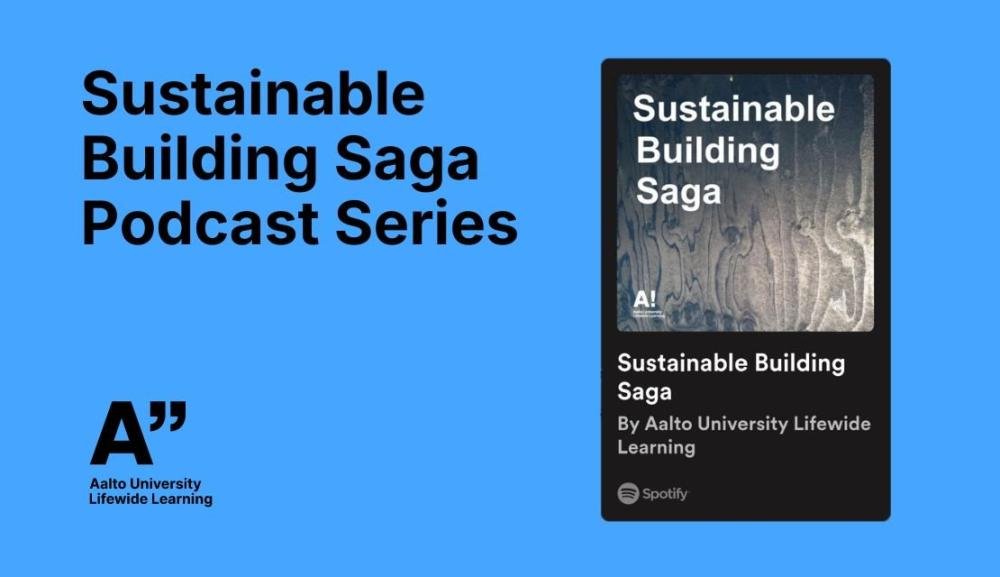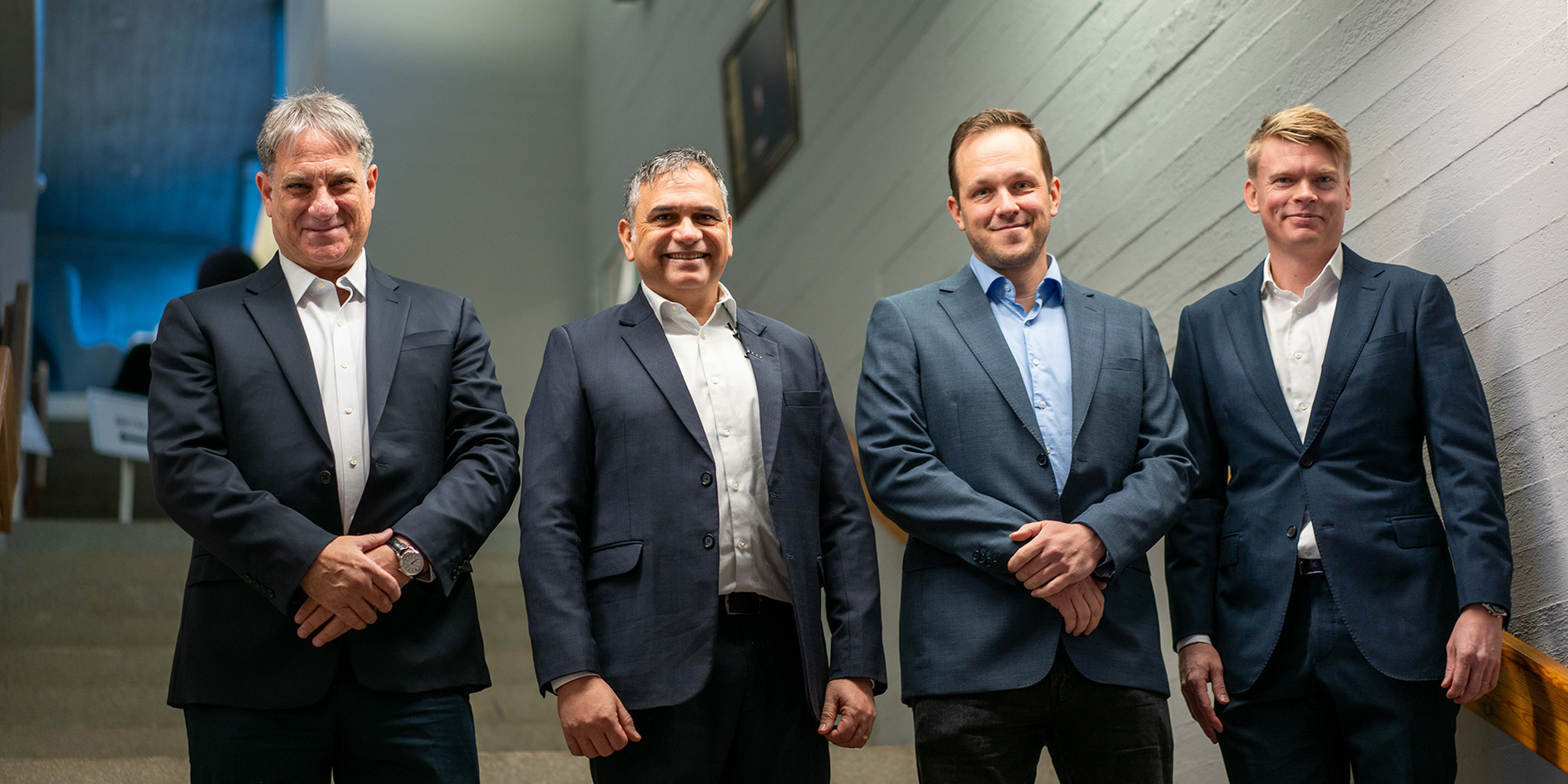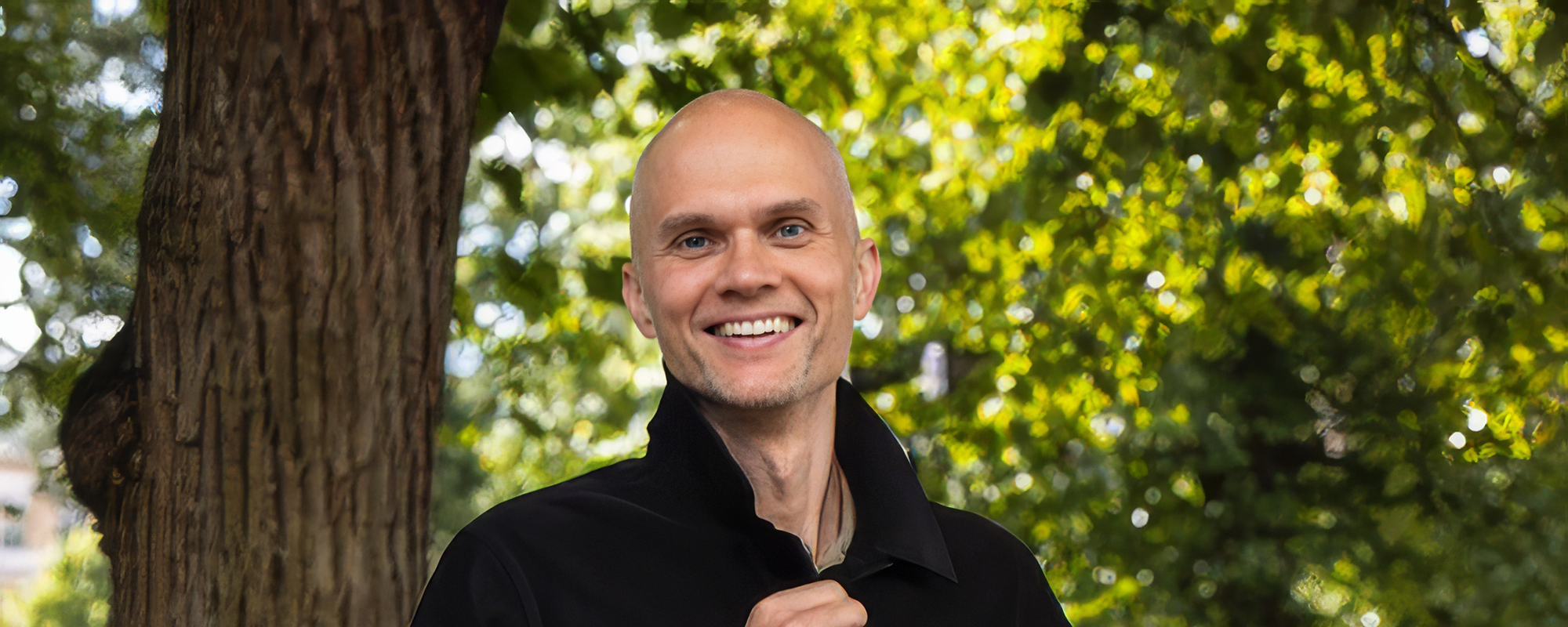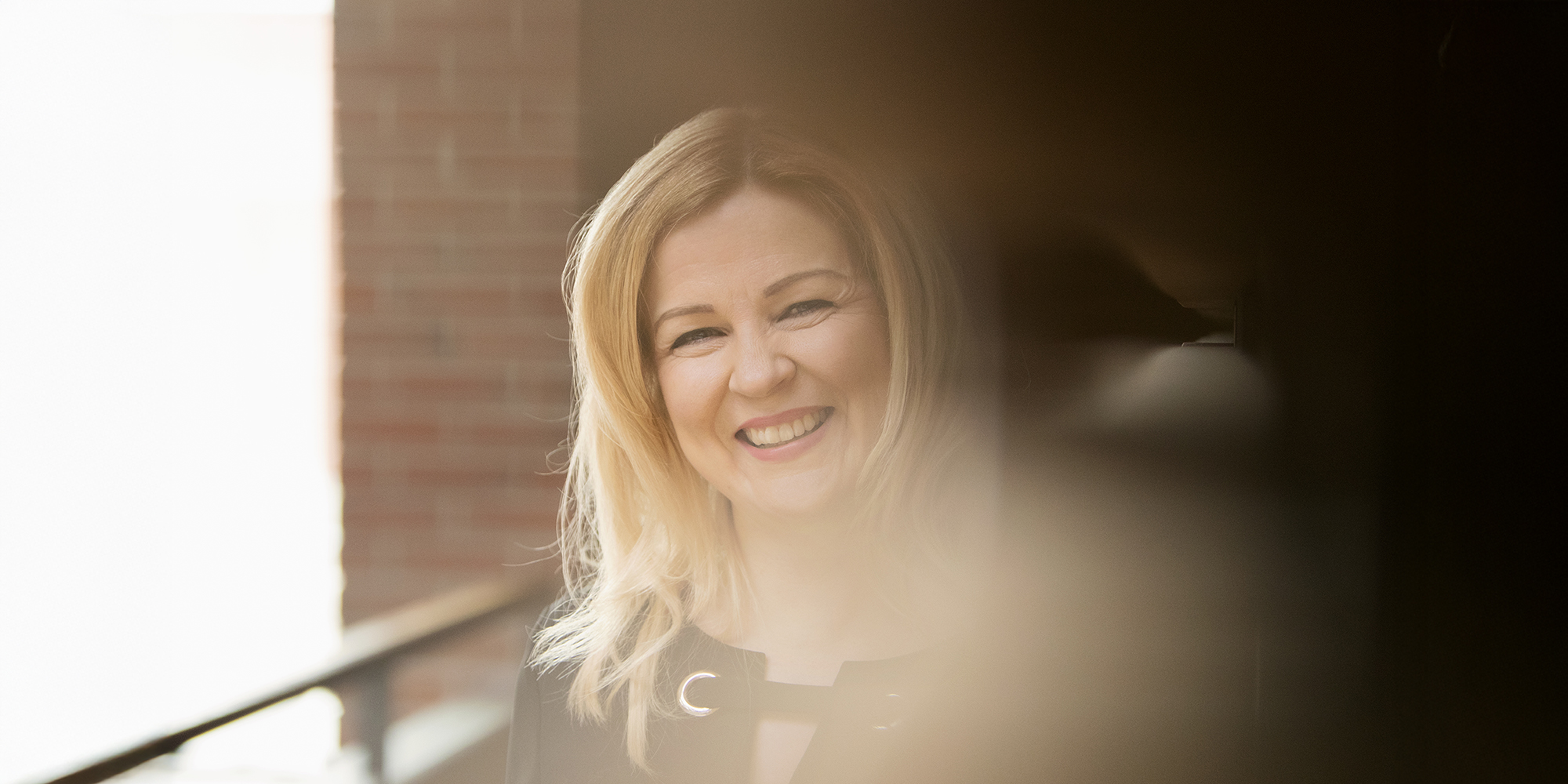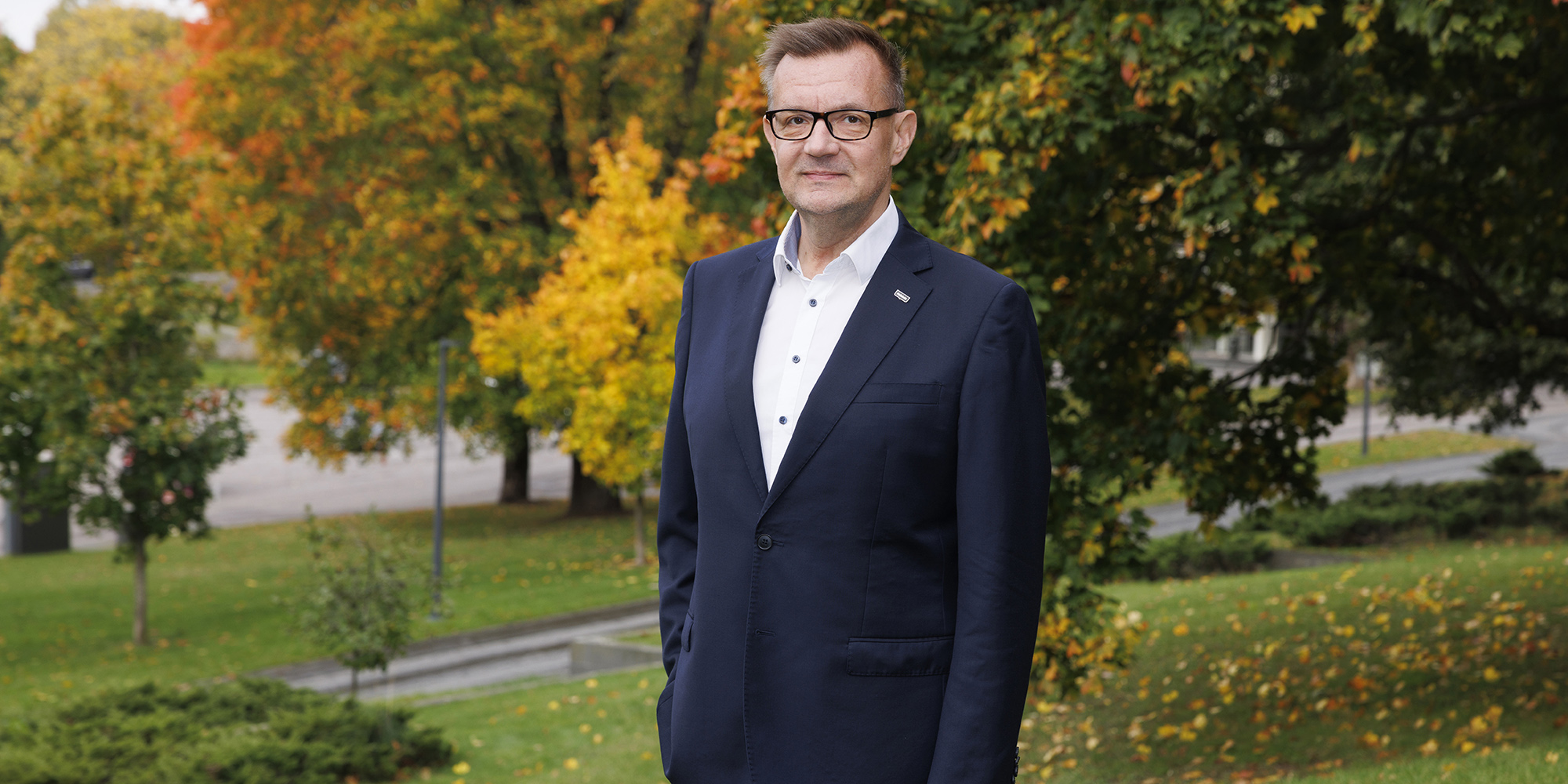Uncertainty can be grasped with scenario thinking. It systematically outlines various future options and credible routes to them. It does not eliminate chaos, but it can open up our thinking to different futures in the midst of chaos. Here are five tips for scenario thinking.
1. Give the scenarios a good basis.
Scenarios should take into account the overall picture of change. Megatrends are a good starting point; they help in understanding the great arcs of the ongoing change and the tensions between these arcs. It is essential for us to understand where we are now and where we are heading.
2. Don't shy away from the surprise.
One of the problems of these scenarios is that they are boring and repeat previously repeated thoughts about futures. Do not use the obvious choices; scenarios offer space for experimenting. Futurist Jim Dator has said that all useful thoughts about the future seem ridiculous at first. What could be different, and what would come of it?
3. Make yourself at home.
Future considerations are easily left at an abstract level. However, the future happens to us as we are the ones creating that future. Make your scenario as life-like as you want, add color to it with details. What does the future feel like?
4. Invite others over.
Scenarios can be treated differently, and something that is desirable to one may be something to be avoided for somebody else. A wide range of stakeholders should therefore be invited to create and discuss different futures. What is desirable, and for whom?
5. Don't dwell on scenarios.
None of the scenarios are going to happen just like that; they are just a tool for thinking. The futures are visited in order to determine how to act better in the present. These scenarios could be considered as sample rooms in an IKEA department store instead of being finished apartments – useful for understanding alternatives, but you shouldn't stay in them. The essential question after visiting is what to do differently now?
Mikko Dufva is a Doctor of Science (Technology) and a Leading Foresight Specialist at Sitra and a Docent of Future Studies at Aalto University. He is a trainer in the Strategic Foresight in Business Management program, among others.

